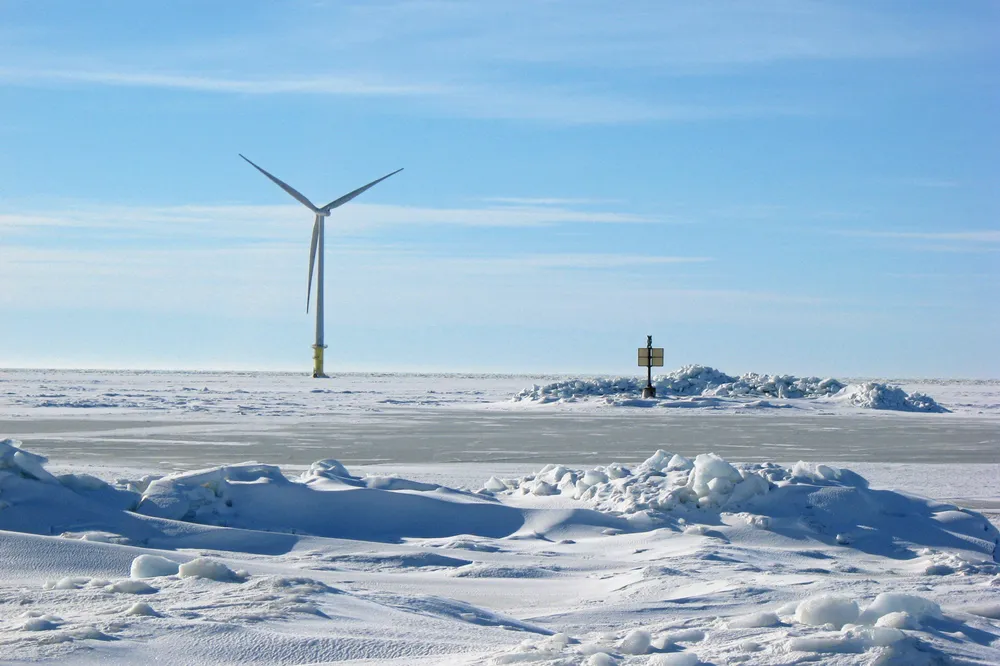Vattenfall advances first gigascale offshore wind farm near Arctic waters in Finland
Swedish utility conducts geophysical surveys and prepares EIA for up to 2.5GW Korsnäs project that is slated to start construction in the 2030s

Swedish utility Vattenfall is advancing Finland’s first gigascale offshore wind farm with geophysical surveys and an environmental impact assessment (EIA), the 1.3-2.5GW Korsnäs project just 400km south of the Arctic Circle.
The project in territorial waters off the Finnish west coast in the Bay of Bothnia near the city of Vaasa is slated to have an annual electricity production of 5-7TWh, which the company said will help the country reach its ambitious target for carbon neutrality by 2035. Construction is only set to begin in the 2030s, but Vattenfall already is carrying out important steps before that.
“Geophysical surveys are being conducted to study the seabed, which provides critical input to the environmental impact assessment such as archaeological screening, highlighting of ground risks and data subsequent preliminary foundation design. This is a pre-requisite for further development of the offshore wind farm,” said Klaus Nissen, project director at Vattenfall.
“Once completed, [Korsnäs] will produce fossil-free electricity for over two million apartments or 350,000 electrically heated detached houses.”
Finland in its territorial waters is granting seabed leases for offshore wind through an auction, while it has adopted a green field approach in its exclusive economic zone, similar to that used in Sweden, where developers can apply for permits according to a first-come-first-serve principle.
Vattenfall said that the Korsnäs project next to the environment will also impact national defence, border management, air traffic, shipping, and local industries like fishing. The company added it is collaborating with various parties and authorities to mitigate the effects and to secure that all legally required permits and clearances are met.
The utility in September has already signed a letter of intent with the Port of Kaskinen south of Korsnäs to explore the possibilities of using it for logistics during the construction phase, and later for wind turbine maintenance.
(Copyright)